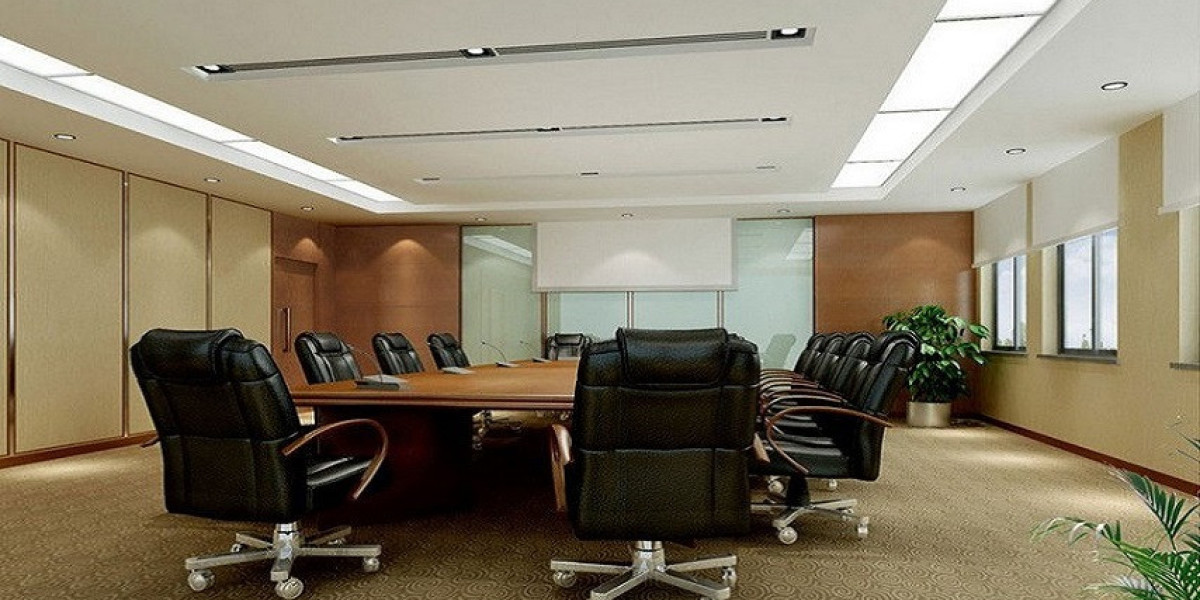The reception area is often the first point of interaction between your business and its visitors. It sets the tone for the experience that follows and communicates your brand’s identity. A well-designed reception area begins with the centerpiece: the reception table. Here’s how to choose the perfect reception table to make a lasting impression.
1. Understand Your Space
The size and layout of your reception area play a critical role in selecting the right table. A large reception area can accommodate expansive, statement-making tables, while smaller spaces benefit from compact, space-efficient designs. Ensure the table doesn’t overcrowd the space, leaving room for comfortable movement.
2. Reflect Your Brand Identity
Your reception table should resonate with your brand’s personality. For instance:
· Modern brands might opt for sleek, minimalist designs with clean lines.
· Traditional firms could choose wooden tables with classic craftsmanship.
· Creative agencies might favor bold, unconventional shapes and vibrant colors. By aligning the table’s design with your brand, you create a cohesive and memorable experience.
3. Prioritize Functionality
While aesthetics are important, functionality is paramount. Consider the practical needs of your reception area:
· Storage: Choose a table with drawers or compartments to keep essentials organized.
· Durability: Opt for high-quality materials that can withstand daily wear and tear.
· Cable Management: Tables with built-in cable management systems help maintain a clean and organized look, especially if electronics are involved.
4. Choose the Right Material
The material of the reception table significantly impacts its visual appeal and durability. Common options include:
· Wood: Timeless and versatile, wood tables work well in traditional and modern settings.
· Glass: Perfect for creating an open and airy feel, glass tables add a touch of elegance.
· Metal: Ideal for contemporary designs, metal tables are durable and stylish.
· Laminate: A budget-friendly option available in various finishes to suit different styles.
5. Ensure Ergonomic Design
A reception table should be comfortable for both the receptionist and visitors. Ensure the table height is suitable for typing or writing and that there’s ample legroom underneath. An ergonomic design improves productivity and creates a welcoming environment.
6. Lighting Complements the Table
Lighting enhances the aesthetics of your reception table. Position accent lights to highlight the table’s design or integrate LED strips for a modern touch. Proper lighting also ensures the receptionist’s workspace is well-lit for efficiency.
7. Add Personal Touches
To make the reception area more inviting, accessorize the table with:
· A neatly arranged stack of brochures or business cards.
· Small potted plants or flowers to bring a touch of nature.
· Branding elements like a logo plaque or company name prominently displayed.
8. Think About Longevity
Investing in a high-quality reception table ensures it stands the test of time. Look for materials and finishes that are resistant to scratches, stains, and fading. A durable table maintains its charm and functionality for years.
Conclusion
Choosing the perfect reception table is an integral part of designing an inviting reception area. By balancing aesthetics, functionality, and brand alignment, you can create a space that makes a powerful first impression. Whether you’re going for sleek modernity or classic elegance, the right reception table will serve as the cornerstone of a welcoming and professional environment.
The Role of Furniture in Turnkey Interior Design for Modern Offices
Modern Trends in Office Interiors: A Space Planner’s Perspective








